Model & Methodology
A New Paradigm
A comprehensive model to create, sustain and measure ultimate brand relationships
Brand Intimacy Model
Quantitative research has helped determine our Brand Intimacy Model, which comprises five key components that contribute toward building intimate brand relationships. The model culminates in a Brand Intimacy quotient, a score each brand receives indicating its performance.
I. User
We define the user of our quantitative studies as someone intimate with the brand who has engaged with or repeatedly tried it. Users in our big data studies are those who describe their experiences and relationship with the brand in emotional terms.
II. Strong Emotional Connection
A strong emotional connection is a key requirement and the foundation of intimacy. We believe the greater the emotional connection between a brand and consumer, the more powerful the relationship. A strong emotional connection is determined by a series of attributes and language expressions that establish positive feelings a user has toward a brand and the extent to which a person associates the brand with key attributes.

III. Archetypes: Characters of Bonds
The following six patterns or markers identify the character and nature of ultimate brand relationships and are consistently present among intimate brands.
1. Fulfillment
Exceeds expectations, delivering superior service, quality, and efficacy.
2. Identity
Reflects an aspirational image or admired values and beliefs that resonate deeply.
3. Enhancement
Enhancement occurs through better use of the brand—smarter, more capable, and more connected.
4. Ritual
Ingrains a brand into daily actions—more than habitual behavior. The brand becomes a vital part of daily existence.
5. Nostalgia
Focuses on memories of the past and the warm, poignant feelings associated with them. These are often brands a customer has grown up with.
6. Indulgence
Creates a close relationship centered on moments of pampering and gratification that can be either occasional or frequent.
IV. Stages: Strength of Bonds
Stages reveal and measure the depth and degree of intensity of an intimate brand relationship.

Sharing
Sharing is when the person and the brand engage and interact. Knowledge is being shared, and the person is INFORMED about what the brand is all about and vice versa. At this stage, attraction occurs through reciprocity and ASSURANCE.

Bonding
Bonding happens when an attachment is created, and the relationship between a person and a brand becomes more significant and COMMITTED. This is the stage of acceptance when TRUST is established.

Fusing
Fusing occurs when a person and a brand are inexorably linked and CO-IDENTIFIED. In this stage, the identities of the person and the brand begin to merge and become a form of mutual REALIZATION and expression. Stages reveal and measure the depth and degree of intensity of an intimate brand relationship.

V. Brand Intimacy Quotient
The quotient is the score assigned to each brand from 1 to 100. The quotient is based on prevalence (the percentage of users who are intimate); intensity (where the relationship appears on the spectrum of three stages, sharing, bonding, and fusing, and character (performance on key archetypes). It is a shorthand score that demonstrates how a brand is performing relative to its ability to create ultimate brand relationships, and it enables comparisons to other brands in the same category or to the industry average.
Methodology

Methodology
During 2024/25, MBLM, in collaboration with Allen Advanced Analytics, conducted a comprehensive analysis of more than 475 brands and over 4.38 billion words across the social internet. This study focused on U.S.-based audiences across seven major social platforms: Facebook, YouTube, Instagram, TikTok, Reddit, Quora, and X (formerly Twitter).
Each platform was weighted using a principal component and cluster-based model, incorporating factors such as demographic representation, platform usage patterns, and interaction dynamics. This allowed for a more balanced and representative analysis of brand engagement across generational and behavioral cohorts.
Leveraging advanced artificial intelligence, natural language processing (NLP), sentiment analysis, and MBLM’s proprietary Brand Intimacy measures, we analyzed organic US consumer discourse about brands over a rolling 3-to 6-month period.
Each brand was scored on:
- Prevalence – the volume and presence of brand mentions relative to the platform overall
- Sentiment – the emotional tone and valence of conversations
- Intimacy Signals – expressions of attachment, trust, nostalgia, and advocacy
All metrics contribute to a Brand Intimacy Quotient (BIQ) — a proprietary composite score ranging from 0 to 100. The higher the BIQ, the more intense and emotionally resonant the relationship between a brand and its consumers.
Brand family methodology
Utilizing our Brand Intimacy data, we have created Brand Family rankings. This requires that conglomerates featured have at least three ranked brands from our most recent study. We then averaged the portfolio archetypes and stages scores for the top 5 brands a Brand Family Quotient Score. Note that the rankings are only based on portfolio brands included in our Brand Intimacy Study and do not necessarily feature every brand that may be part of a ranked conglomerate.